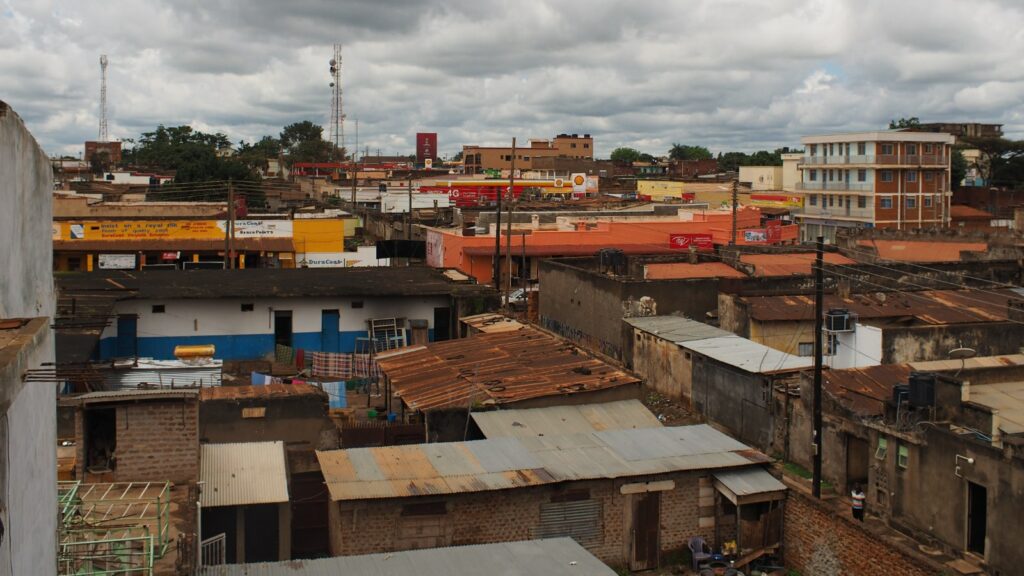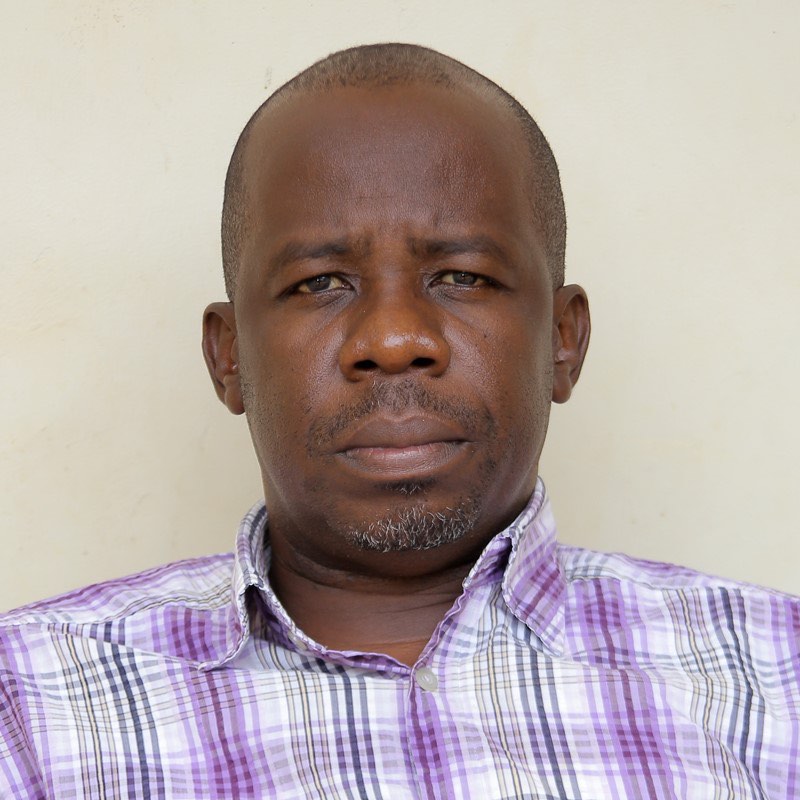By Valentina Pomatto for ReLAB-HS

By Valentina Pomatto for ReLAB-HS
*This post is part of a two-part article illustrating the importance of including rehabilitation and assistive technology services as part of Universal Health Coverage. (Part 1 Rehabilitation in Universal Health Coverage: What’s at stake?)
One year ago, the United Nations (UN) High-Level Meeting on Universal Health Coverage (UHC) adopted a new Political Declaration. This Political Declaration reaffirms that rehabilitation and assistive technology (AT) are essential components of UHC and emphasizes the role of primary health care in expanding coverage, improving access, and achieving health for all.
Another pivotal international instrument adopted in 2023, the World Health Assembly’s Resolution on Strengthening Rehabilitation in Health Systems, calls on World Health Organization (WHO) Member States to establish appropriate financing mechanisms for rehabilitation services and the provision of AT, including integrating them into essential care packages.
However, the path to integrating rehabilitation into UHC efforts is not easy. Often, rehabilitation is still perceived as a luxury service rather than an essential component of the continuum of care. Despite limited resources and competing health priorities, rehabilitation is a smart investment in population health and well-being, social inclusion, and economic outcomes. It prepares health systems to respond to changing population health needs that accompany increased life expectancy, such as chronic conditions, health issues related to aging, and injuries.
Learning, Acting, and Building for Rehabilitation in Health Systems (ReLAB-HS) is committed to strengthening rehabilitation and AT services within health systems to support equitable access to quality services. To shed light on this critical need, we asked two people with different backgrounds from Uganda and Pakistan (where ReLAB-HS is currently being implemented) to share their perspectives on the coverage, availability, access, and quality of rehabilitation and AT services.
Fredrick Semakula, AT user and advocate in Uganda

Fredrick Semakula is the Uganda Country Manager of Motivation Africa, an organization that provides AT. As an AT user himself (he uses an adapted vehicle), Fredrick is a tireless advocate for equal access to AT. Despite policy improvements in Uganda, he describes persistent regional imbalances and financial barriers to accessing services.
Why do you need assistive technology and rehabilitation?
I fell out of a tree when I was 13 years old. This incident left me unable to walk due to a spinal cord injury. As a result, I needed rehabilitation services to recover from the trauma and learn to cope with the rest of my body functions, and a suitable wheelchair to get around and participate in society.
How have rehabilitation and assistive technology helped you?
The physiotherapy sessions and the wheelchair have made my mobility easier, reduced the risk of health complications, and helped me to move on with my life. I was able to access education and later, employment. I have worked as a teacher, as a project coordinator in the Ministry of Health, and I am now the Country Manager for Motivation Africa. Without the wheelchair, it would have been a nightmare, and I would have been a very different Fred.
How would you describe your experience of accessing and using rehabilitation and assistive technology?
In 1980, when I had the incident, rehabilitation services were only available at Mulago Hospital. When I was discharged, I left the hospital without a wheelchair because my family could not afford it. Getting a quality wheelchair was a challenge: the first one I had was second-hand and oversized. Even when I finally got a good one, the cost of regular maintenance was significant, especially at a time when I had no source of income.
Over the years, there have been some improvements in the sector: Uganda has adopted policies in line with international frameworks to improve access to rehabilitation and assistive technology. However, many people still face significant barriers.
What are these barriers?
Assistive technology and rehabilitation services are not affordable for many users. This is compounded by travel costs, as most of these services are only available in the capital, Kampala. Many families in Uganda cannot afford three meals a day: how can these families be expected to pay for an assistive device and therapy sessions?
As conveyed by Fredrick, when provided appropriately, rehabilitation and AT can be transformative for individuals with functional limitations. However, the limited availability of quality products and services and access barriers prevent individuals with AT needs from getting the support they require. Integrating quality and affordable rehabilitation and AT into primary care services, close to where people live, is critical to improving the health outcomes of AT users.
Furthermore, governments should design and resource more robust and comprehensive financial schemes (insurance, health package financing, and special funds) to reduce out-of-pocket expenses for rehabilitation and AT and ensure better distribution of services to reduce the indirect costs of travel and stay.
In collaboration with key stakeholders in Uganda, ReLAB-HS is supporting the integration of rehabilitation and AT services through various health system strengthening efforts. Key to this was co-designing with district-level stakeholders an improved rehabilitation and AT service delivery model to support the integration of quality services at the primary care level and improve service coordination between different levels of care.
In line with this, ReLAB-HS has strengthened the capacity of Uganda’s community health workers (CHWs) to identify individuals with rehabilitation and AT needs and refer them to appropriate services, thus bridging the gap between the community and essential health care. In tandem, ReLAB-HS has leveraged WHO resources to expand the rehabilitation workforce at the primary care level by training providers at district-level health facilities to provide basic rehabilitation and AT services to clients referred to them by CHWs. ReLAB-HS has also engaged rehabilitation professionals from higher-level facilities to mentor these primary care providers.
In addition, ReLAB-HS has worked to develop the capacity of district-level stakeholders to strengthen the procurement and supply chain systems, equipping them with knowledge and resources to sustain a regular supply of quality assistive products. The establishment of a district-level AT “hub” to store, manage, and distribute assistive products to primary care facilities is a critical step toward improving access.
At the national level, ReLAB-HS is supporting the Ministry of Health to develop a national strategic plan for rehabilitation and AT, which will provide a framework for stakeholders to enhance and prioritize the sector. At the district level, ReLAB-HS collaborated with district-led technical working groups to advocate for the investment of local resources, which led to three districts allocating funds and resources to enhance rehabilitation and AT services in the local health system.